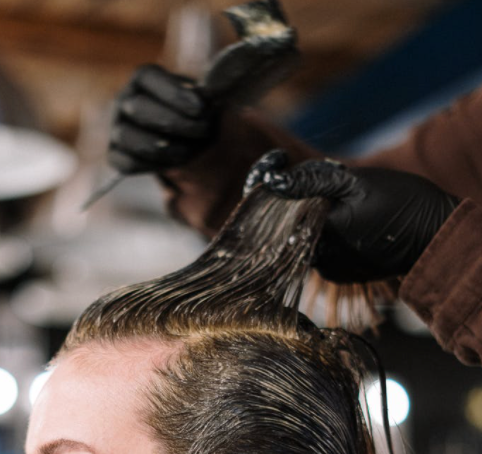
Colouring Curls: Ask the Expert
Written by Master of Curls, Jonathan Torch
It took me several years to establish multiple ways to achieve hair colours that would work for naturally curly hair. To begin, it is important to understand that the biggest handicap curly hair has over straight hair is the lack of natural shine. Straight hair shines far more than curly hair, largely because of the natural position of the cuticles, the layers of scales that form to make up the hair follicle. Flat scales, as seen in straight hair, reflect much more light than open or raised scales, the ones that curly hair has. As such, curly hair tends to absorb shine, while straight hair reflects it. Another reason curly hair and hair colour have such an awkward relationship is because of the actual chemical reaction at work. Artificial hair colour causes a chemical reaction by raising the pH balance of the hair to higher than normal. This rise of pH is important, because it raises and lifts the hair cuticles, but with curly hair, the hair cuticles are already raised. This means that curly hair is more sensitive to harsher and stronger chemicals – dye that works fine on straight hair affects curly hair differently.
Hair colour is at heart, a chemical reaction. So while there is no way to completely ensure that one’s hair will not be affected, one needs to select the best quality hair colour possible, and proper care of the colour-treated hair is necessary with the use of right curly hair products. But colour selection is more than simply selecting what colour one wants on their head. There are quite a few factors to take into account when selecting a hair colour that is good for your hair, and good for you.
The Illusion: Choosing a colour for your natural hair must be based on colours that have the most light reflection. As stylists, we use light reflection to create illusions of richness for healthy hair. The more light that is reflected, the richer, fuller, and healthier the hair looks. The brightness of certain colours is used for the illusion of volume, and the corresponding depth is used for the illusion of thickness. So when stylists select what hair colour they think is best for your hair, the three factors they should take into account are Light Reflection, Brightness, and Depth of colours.
Now I’m going to explain how all of this colour theory works in practice with people with fine hair. If someone has finer hair then we would dominate the bottom section of the hair with deeper tones. If we need to show more height and volume, we would create brighter tones on the top section of the head to create the illusion of volume on the top, and richness on the bottom. These illusions work with each other to make the overall colour more dynamic, and make the hair look healthy and rich.
As stylists, we generally need to show all three dimensions simultaneously on every head of curly hair. By careful weaving and careful placement of colour, especially with highlights, it is remarkable how we can create illusions that give definition to each individual curl, giving the illusion of movement and thickness to fine hair, and breaking up solid colours.










